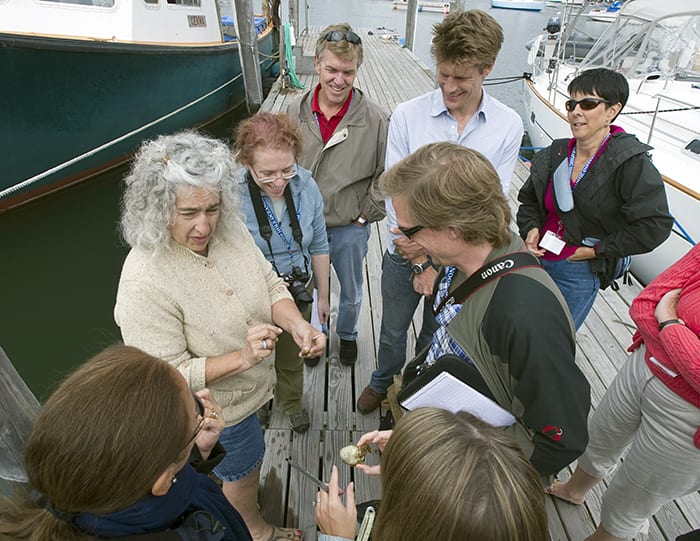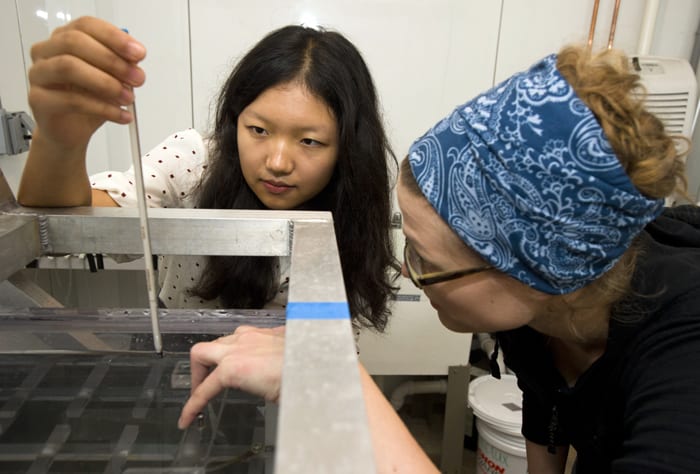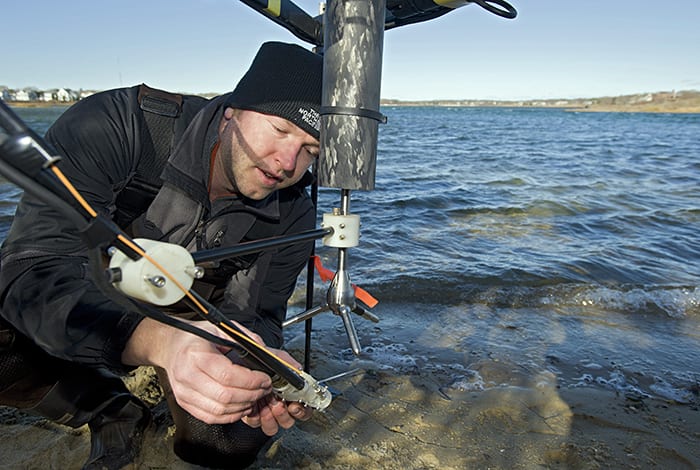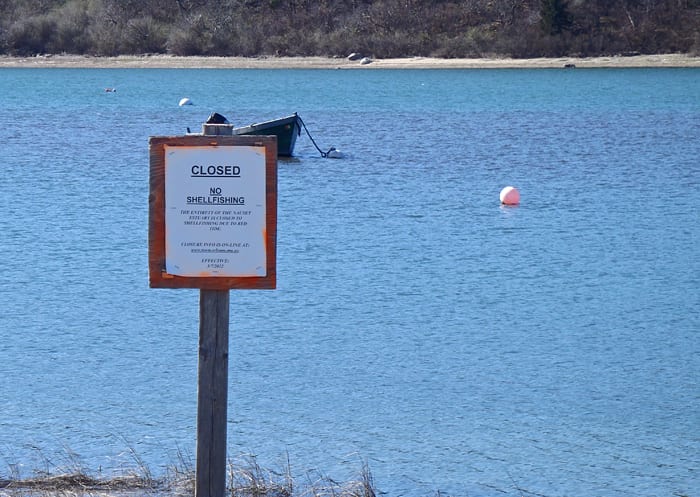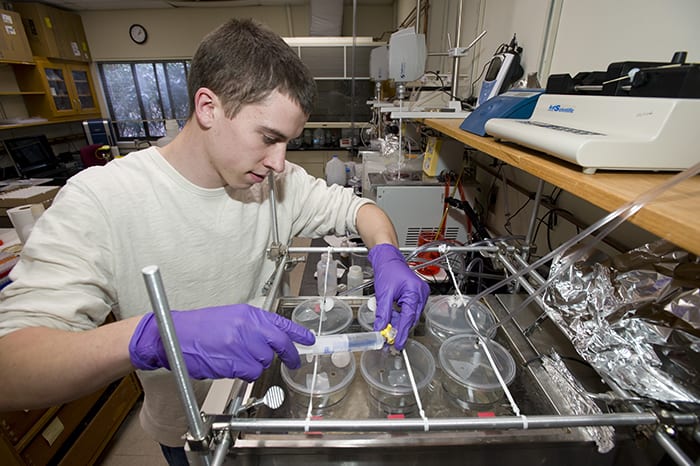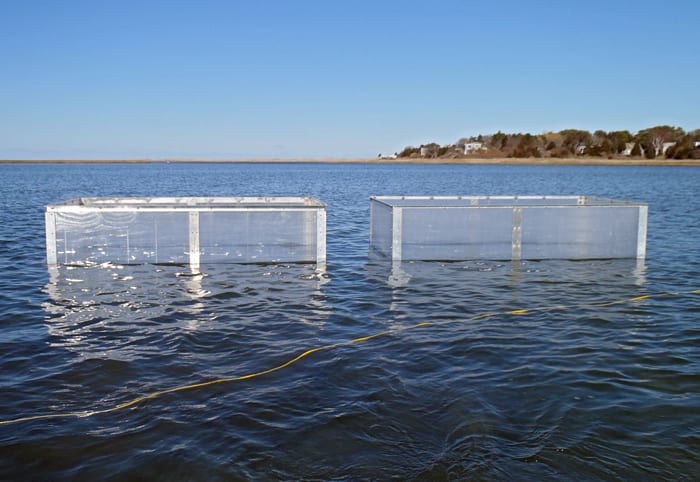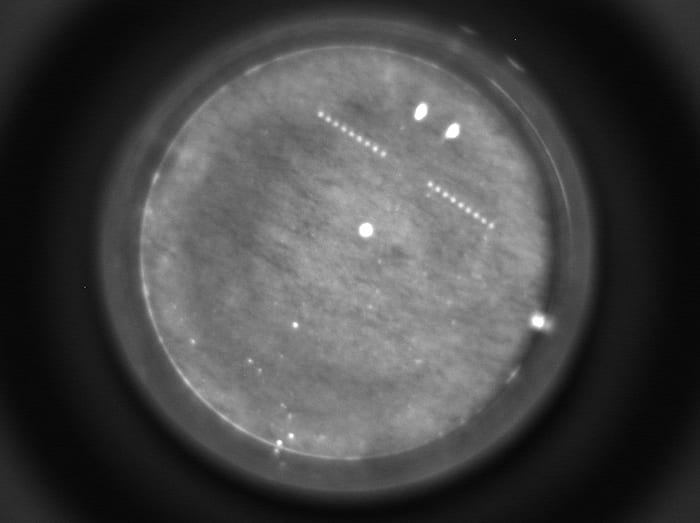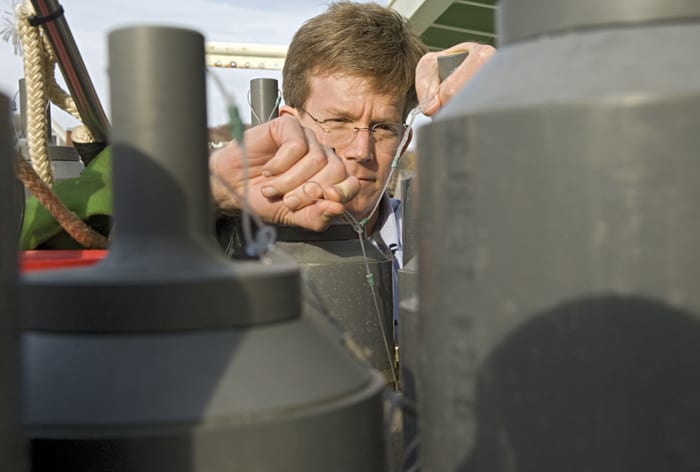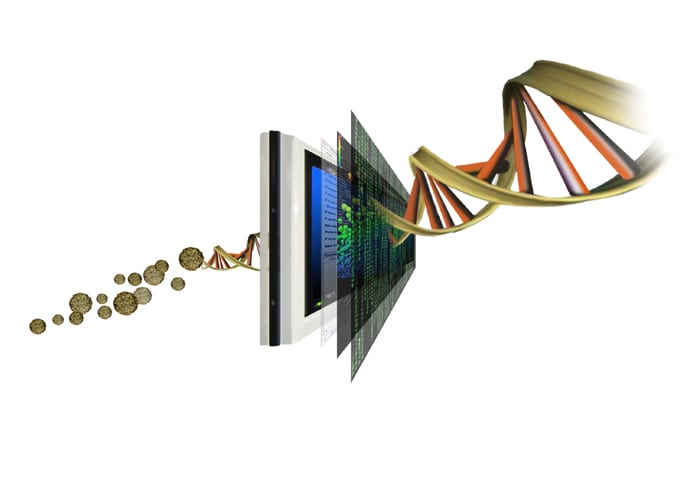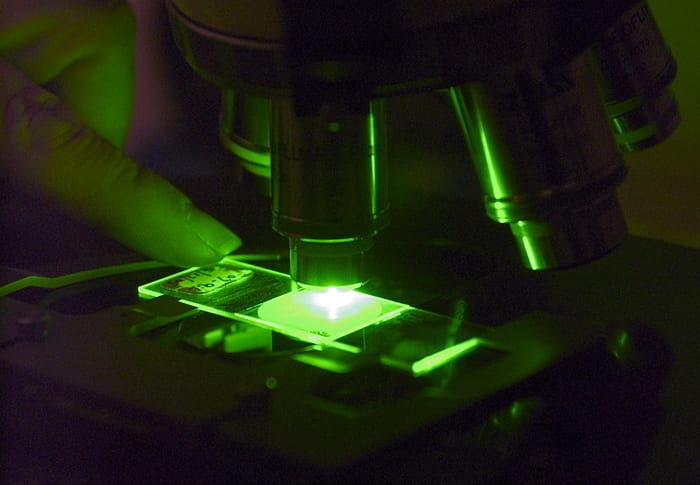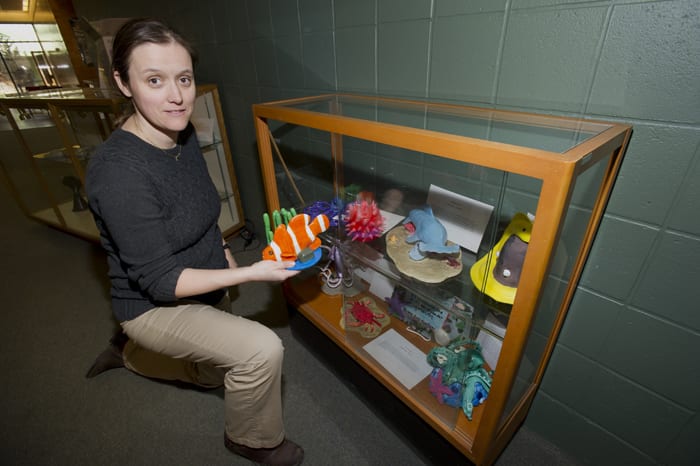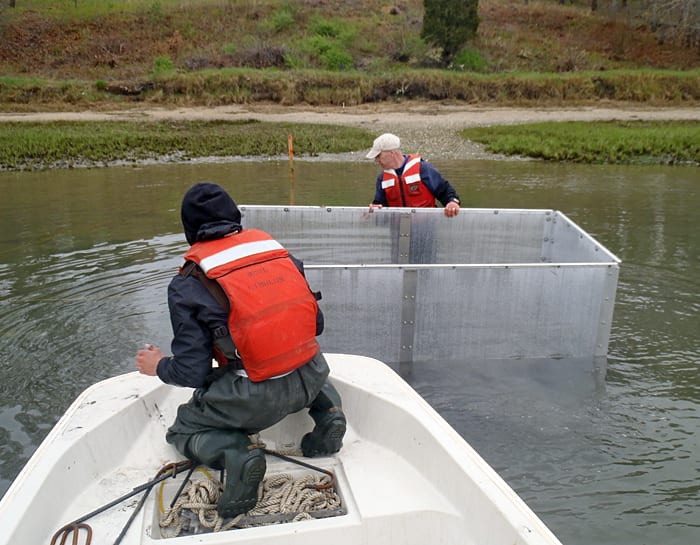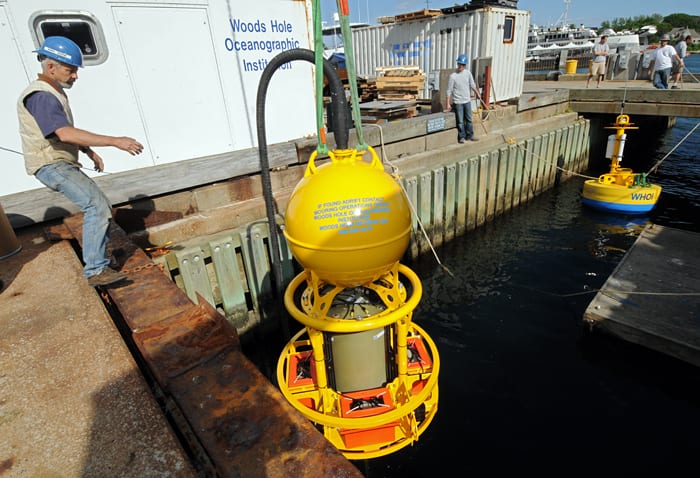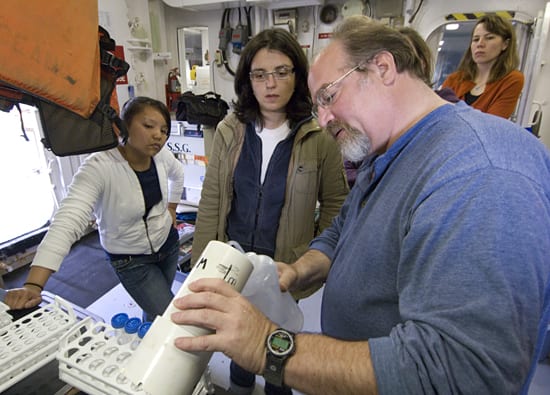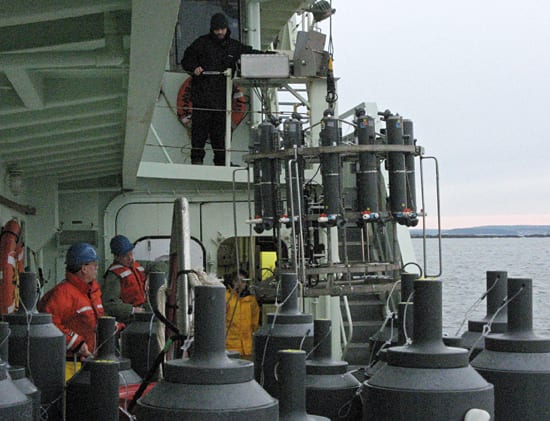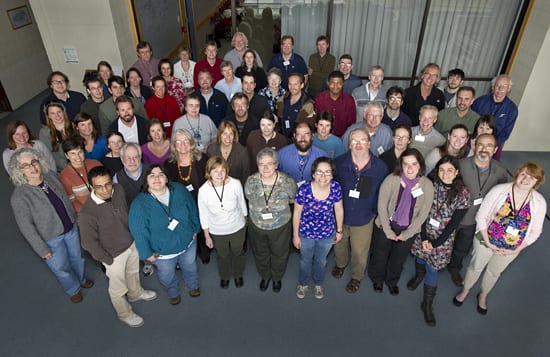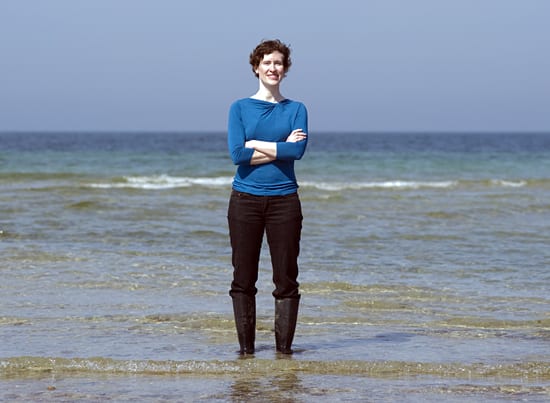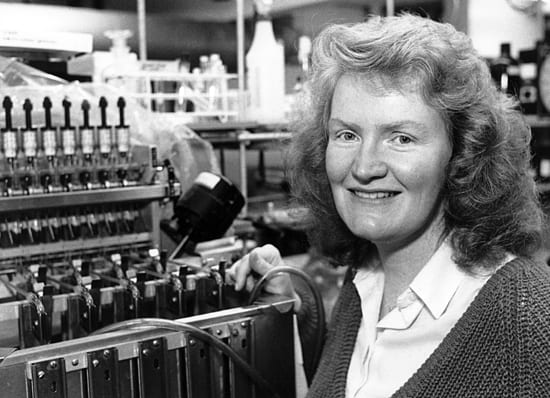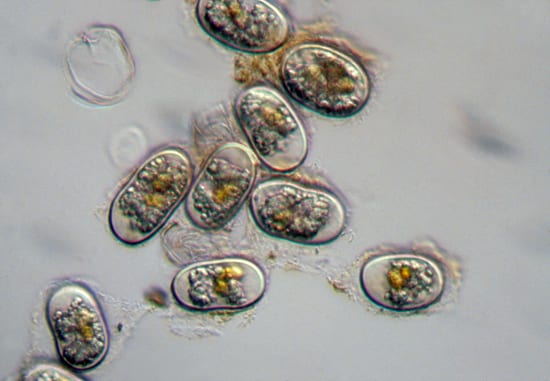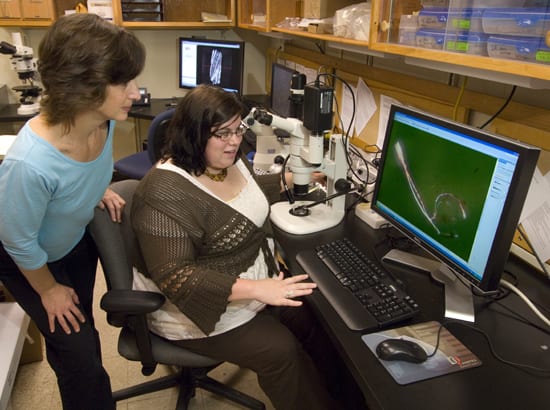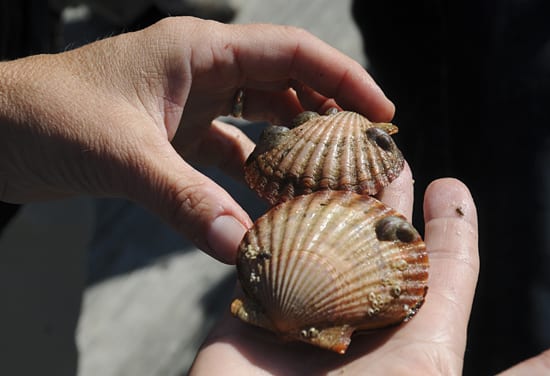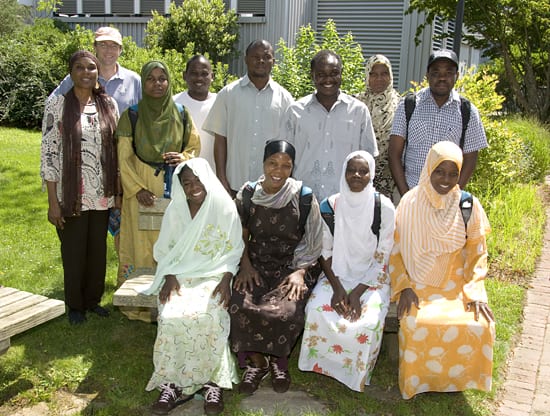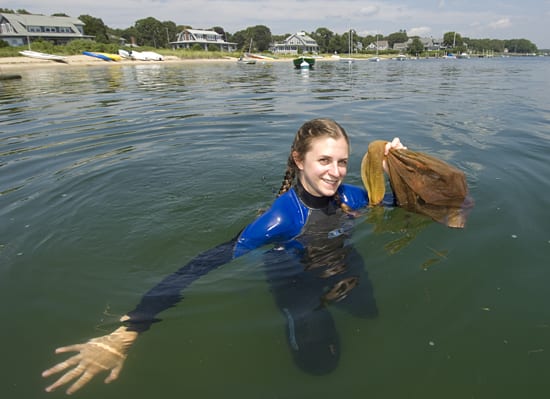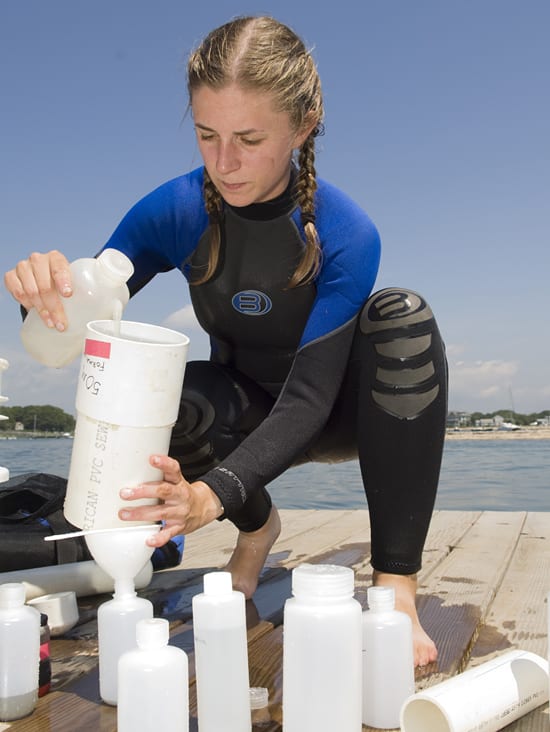Multimedia Items
Jelly Problem
WHOI scientist Mary Carman fielded questions from journalists participating in the annual WHOI Ocean Science Journalism Fellowship about little sea squirts causing big problems in New England. Six species of invasive…
Read MoreOysters in the Rough
MIT-WHOI Joint Program student Jeanette Wheeler (right) and 2013 Summer Student Fellow Elaine Luo prepare a tank to video the movement of oyster larvae. Wheeler is studying the behavior of the larvae…
Read MoreProof of Concept
Matt Long sets up the prototype of his new eddy correlation hydrogen ion and oxygen exchange system (ECHOES) on Great Pond in Falmouth on a cold November day. Developed over…
Read MoreSign of the Times
A sign stands sentinel in Nauset Estuary on Cape Cod, warning that the estuary is closed because of red tide. Annual springtime red tides, a type of harmful algal bloom,…
Read MoreCoral Integrity
MIT-WHOI Joint Program student Thomas DeCarlo removes a sub-sample of seawater for analysis during a calcium carbonate precipitation experiment in Glenn Gaetani’s laboratory. Thomas is growing a particular form of…
Read MoreHappy Boxing Day
This past winter WHOI Senior Research Technician Dave Kulis installed these Lexan boxes in Nauset Marsh on Cape Cod to test an experimental method to reduce the severity of harmful…
Read MoreConnecting the Dots
Each summer, large numbers of dormantcysts of the harmful algal species Alexandrium fundyense hatch from the seafloor off the Northeast Coast of the U.S. and cause shellfish grounds in New…
Read MoreForecasting Biology
WHOI senior scientist Dennis McGillicuddy prepares a CTD (conductivity, temperature, depth) rosette as part of a 2008 cruise to study conditions leading to periodic blooms of harmful algae in New…
Read MoreTaking Apart Brown Tide Algae
In the summer, a single-celled marine algae species often causes “brown tides” in estuaries along the U.S. East Coast, killing seagrass, decimating shellfish, and costing local economies millions of dollars.…
Read MoreA Cyst in Time
WHOI researcher Kerry Norton uses fluorescence microscopy to identify and count dormant cysts of Alexandrium fundyense, the alga that produces a toxin that accumulates in shellfish and can cause paralytic…
Read MoreThe Art of Marine Science
Falmouth High School ceramics art teacher Corine Adams set up student pieces created in the art course Clay II for display at WHOI recently. The students were assigned to create…
Read MoreTo Stem Red Tides
WHOI researcher Dave Kulis and Pete Lyons, a guest student from Northeastern University (in boat), place a Lexan box into Salt Pond in Eastham, Mass. The box, crafted by Damon Gayer…
Read MoreWatching for Red Tides
Senior engineering assistant Will Ostrom guides an Environmental Sample Processor (ESP) into the test well at the WHOI dock in early June 2011. The ESP is a seagoing lab: it…
Read MoreSearching for Harmful Algae
WHOI researcher Bruce Keafer demonstrates the procedure for filtering water samples for Alexandrium fundyense prior to a research cruise on the R/V Oceanus in April 2008. A. fundyense is a…
Read MoreStudying Red Tide in the Gulf of Maine
Researchers Jefferson Turner of UMass Dartmouth, left, foreground, Dennis McGillicuddy of WHOI (green jacket), and winch operator John Gaylord of WHOI, above, deploy a CTD rosette system on R/V Oceanus…
Read MoreCalling all sea squirt scientists!
Participants in the third International Invasive Sea Squirt Conference, held at WHOI April 26-28, 2010, pose for a commemorative shot. Sea squirts — or tunicates — are spongey, sack-like filter…
Read MoreChanging chemistry
Intensive burning of fossil fuels and deforestation over the last two centuries have increased carbon dioxide (CO2) levels in the atmosphere by almost 40 percent. The oceans absorb about one-third…
Read MoreJudy McDowell: benchmarks in research and education
WHOI biologist Judith McDowell measures respiration of lobster larvae in her lab in about 1986. Since the 1970s she has done landmark research on lobster biology and how contaminants affect…
Read MoreCyst survey
Harmful algal bloom (HAB) cells shown under a microscope. WHOI scientists issued an outlook for a significant regional bloom of a toxic alga that can cause ‘red tides’ in the…
Read MoreAcidic ocean fallout
Research specialist Anne Cohen and MIT/WHOI Joint Program student Meredith White monitor baby sea urchins in the lab for possible effects from ocean acidification. The oceans have absorbed about one-third…
Read MoreChanging chemistry
Ocean acidification—a consequence of increased carbon dioxide emissions from human industrial activity—could harm a wide range of marine organisms and the food webs that depend on them. Mollusks, including oysters,…
Read MoreFrom one village to another
Hauke Kite-Powell (at left in baseball cap), a Marine Policy Center research specialist, hosted a group of visitors this summer from the island of Zanzibar off Tanzania, where he is…
Read MoreThe lives of larvae
MIT/WHOI Joint Program student Christine Mingione of the Biology Department, collects larvae samples in spat collector bags. Many familiar marine invertebrates such as shellfish have lesser known larval stages that…
Read MoreThe Mysterious Lives of Larvae
MIT/WHOI Joint Program graduate student Christine Mingione filters plankton samples from Waquoit Bay in search of shellfish larvae, which are no bigger than a fine grain of sand. Back at…
Read More
